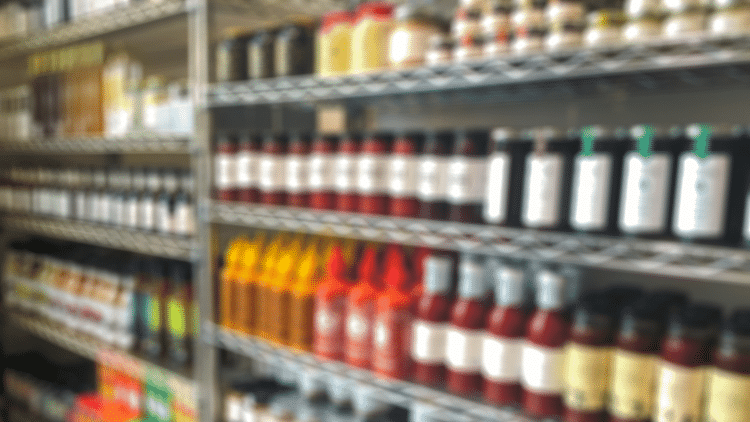One of the biggest challenges for the food industry is food safety. Food preservation is very important for ensuring food is safe to eat by the time it reaches your table. Preservation methods are used to reduce contamination of food by microbials, including bacteria and bacterial spores, fungi, and viruses. For the past two decades, scientists have proposed that supercritical carbon dioxide (CO2) may be a favorable option for preserving foods.
The food industry currently uses two types of methods to preserve foods for safety. There are physical methods, like heating, high hydrostatic pressure, or pulsed electric field. Then there are chemical methods, like using lactic acid or other chemical preservatives like parabens, nitrates, or sulfites. The problem is that many of the physical methods, like thermal heat, have a negative impact on the nutritional value of the food. As for chemical preservation methods, “there is a suspicion that they are the cause of many allergies and may also cause cancer” [1], as mentioned in a recently published critical review.
The review points out several benefits of using supercritical CO2 to preserve foods. Supercritical CO2 is inexpensive, easily manipulated, non-flammable, and it’s already approved by agencies like the European Food Safety Authority. Supercritical CO2 has a very low viscosity and almost zero surface tension. This makes it ideal for penetrating bacterial cell walls, greatly increasing the microbial inactivation efficiency. CO2 pressure is also noted to be significantly lower than hydrostatic pressure, meaning it causes microbial inactivation without as much energy.
One of the biggest benefits of using supercritical CO2 for food preservation over other traditional methods is that supercritical CO2 has been shown to positively impact the quality of food. Physical methods are known to damage food at a molecular level, reducing nutritional value. Chemical methods are under investigation for potentially causing allergies and disease. Supercritical CO2 on the other hand, thanks to its milder conditions of pressure and temperature, successfully reduces microbials without sacrificing any nutritional value.
As consumers continue to demand fresh food products with high nutritional value and extended shelf life, food companies should highly consider using supercritical CO2 technologies to meet the demand and continue their commitments to food safety.
References:
- Buszewski B, Wrona O, Mayya RP, et al. The potential application of supercritical CO2 in microbial inactivation of food raw materials and products [published online ahead of print, 2021 May 3]. Crit Rev Food Sci Nutr. 2021;1-14. Times Cited: 0 Journal Impact Factor: 11.18











